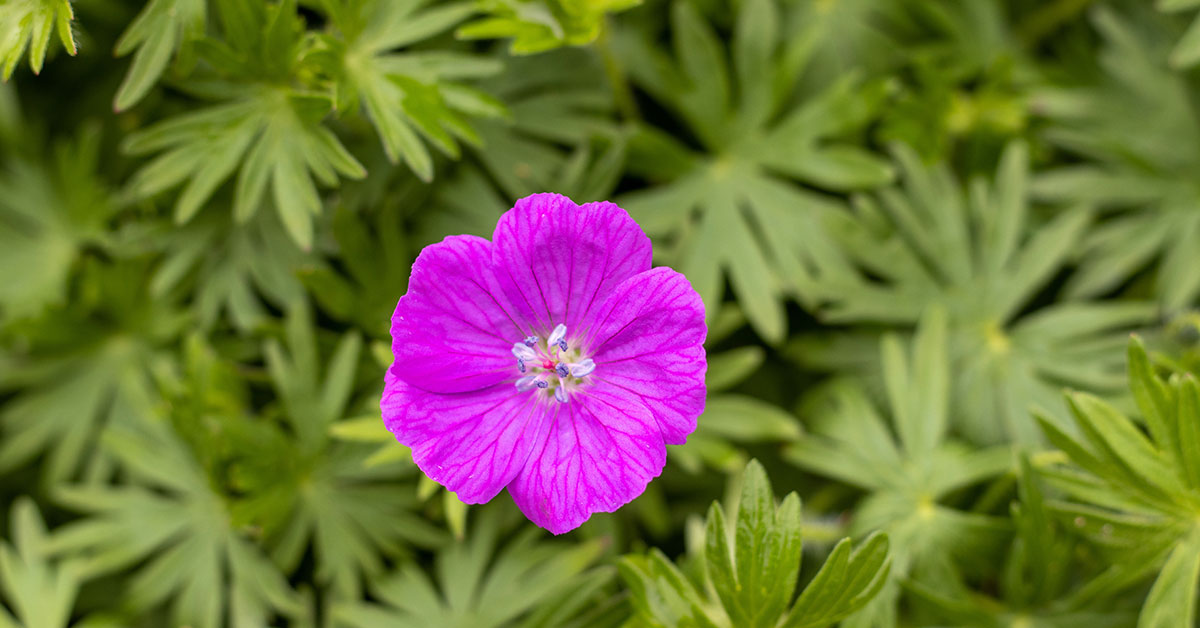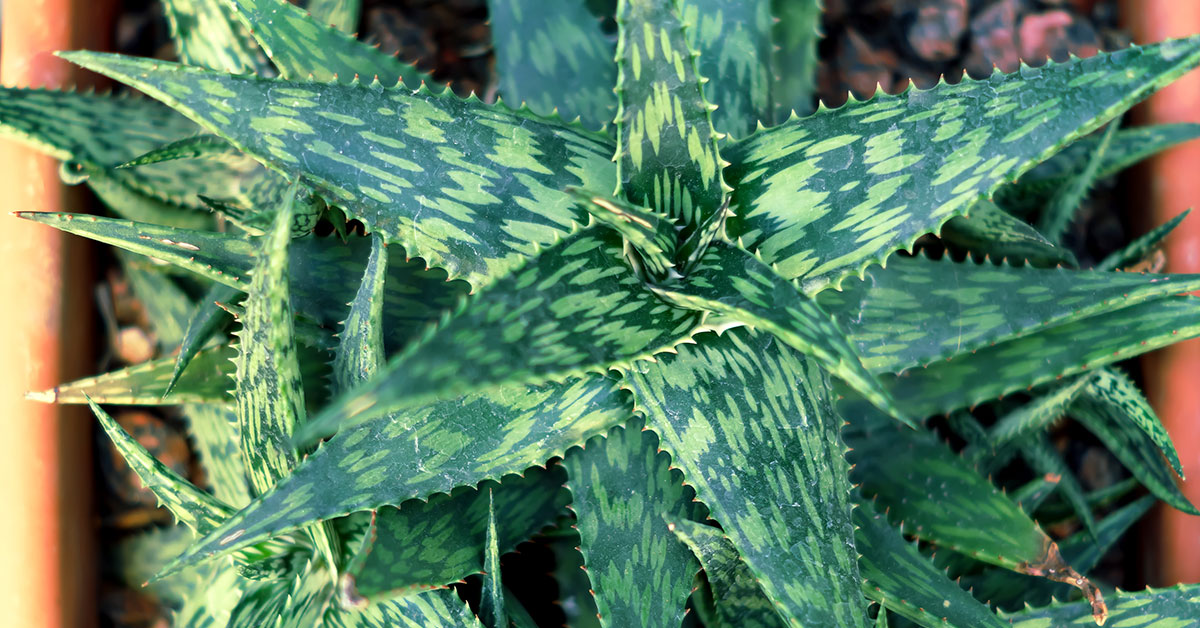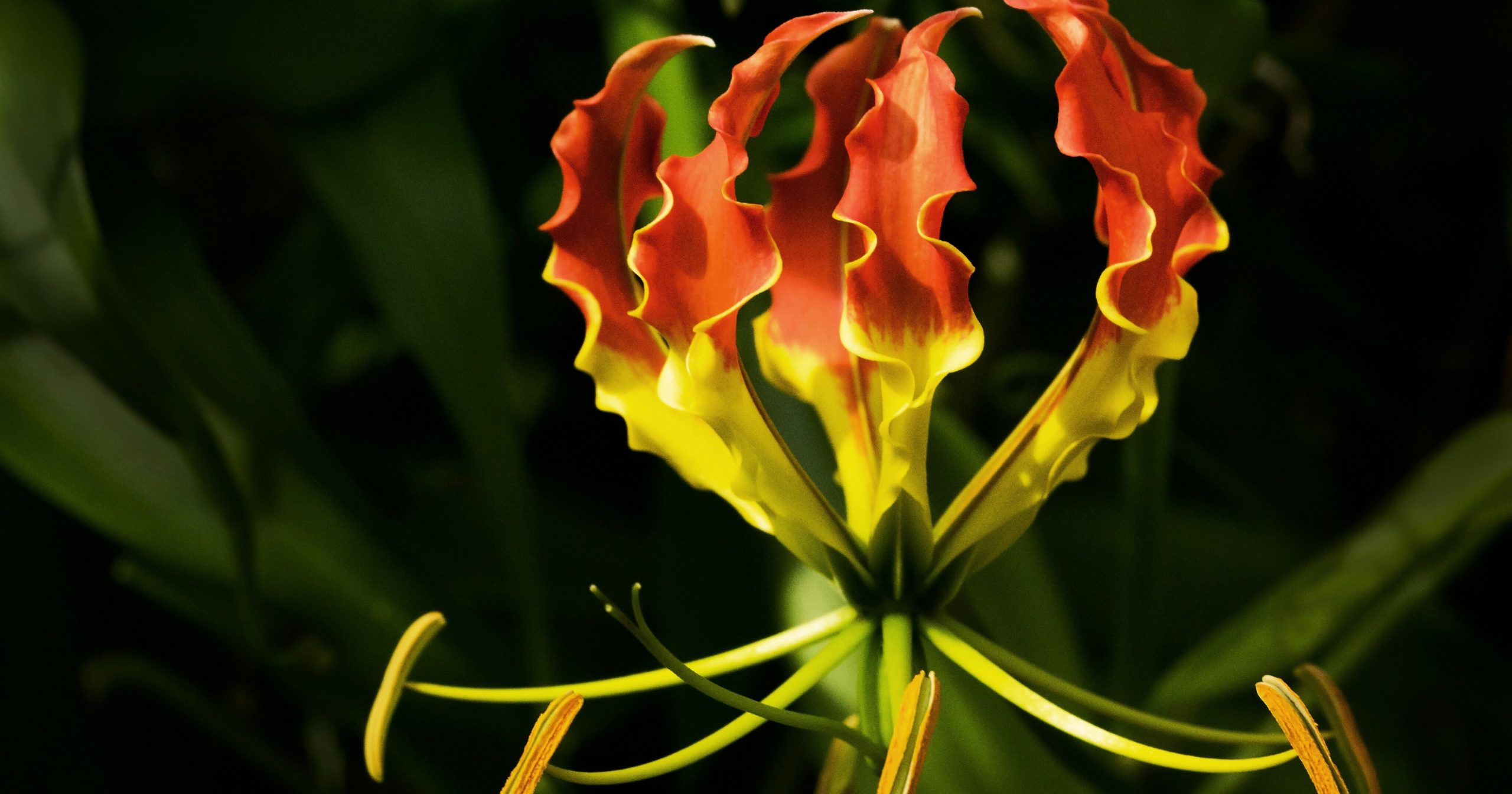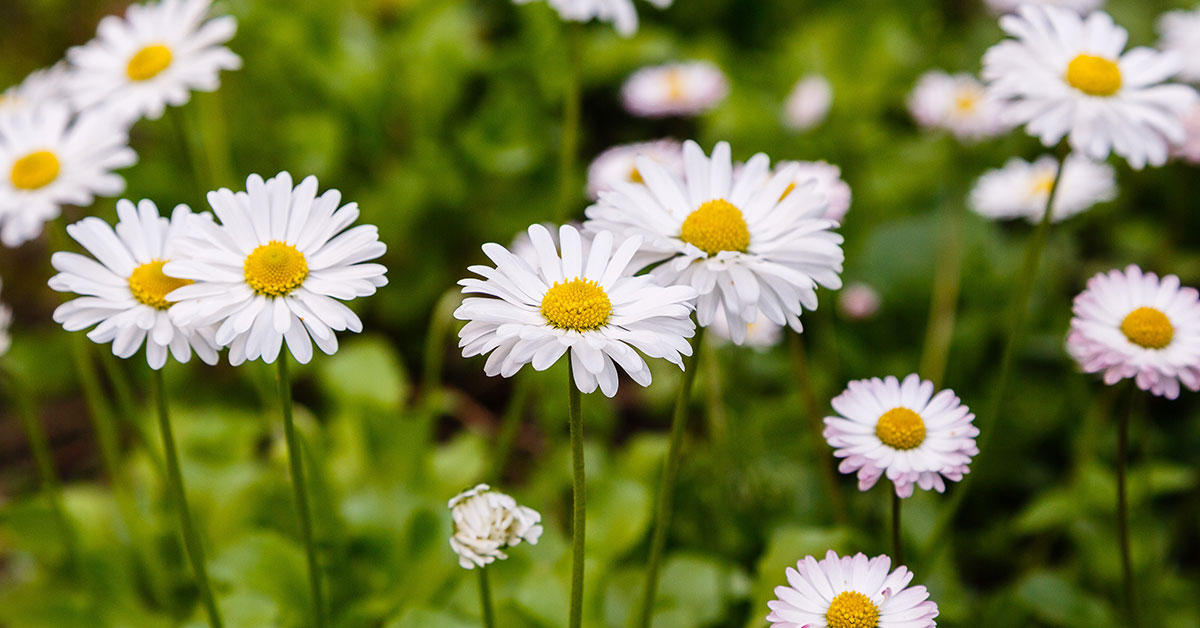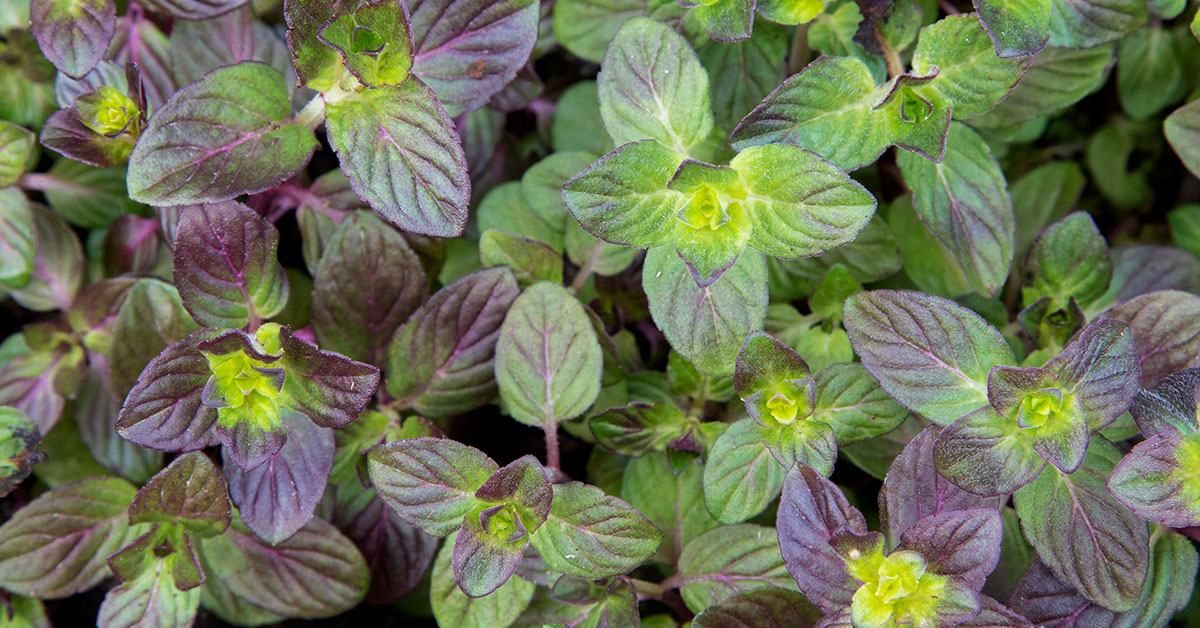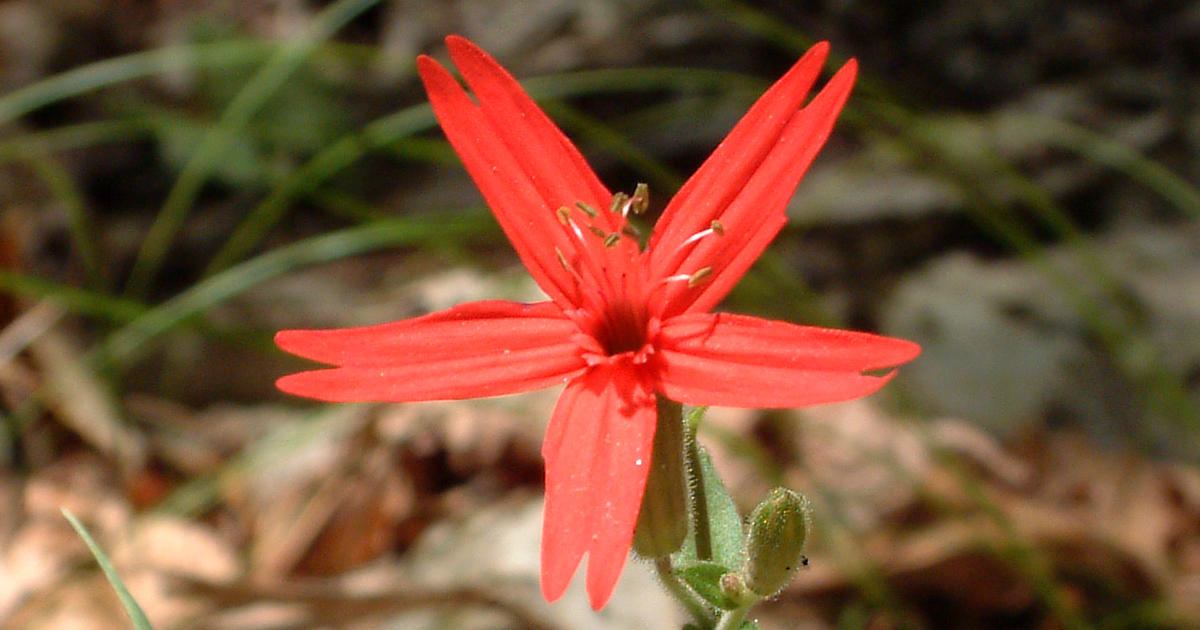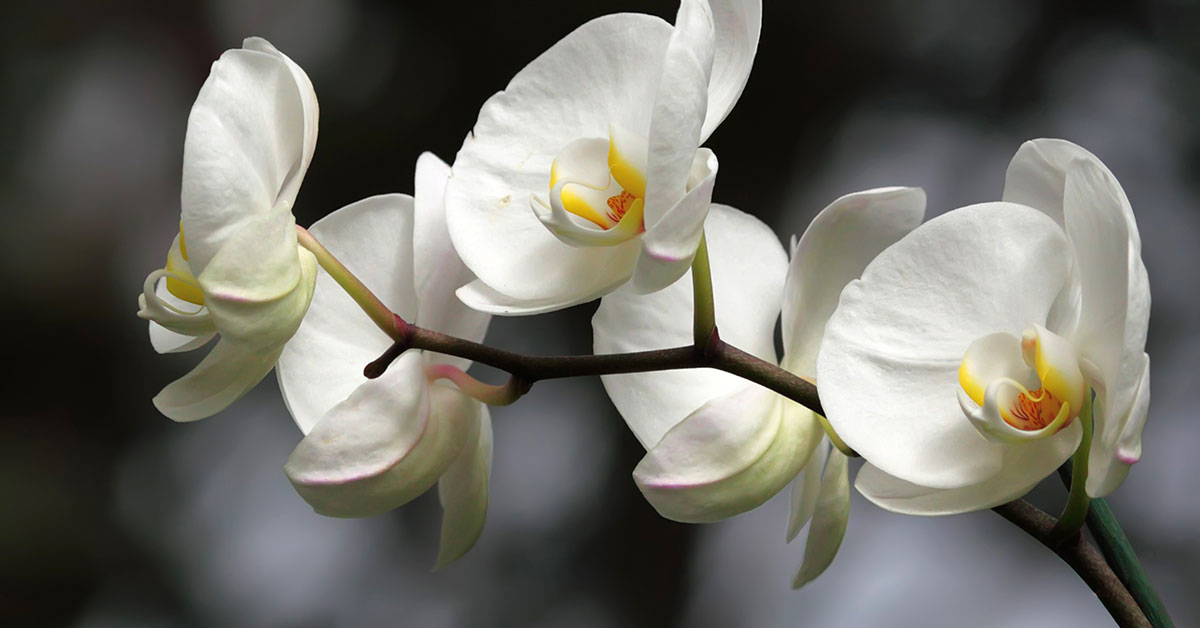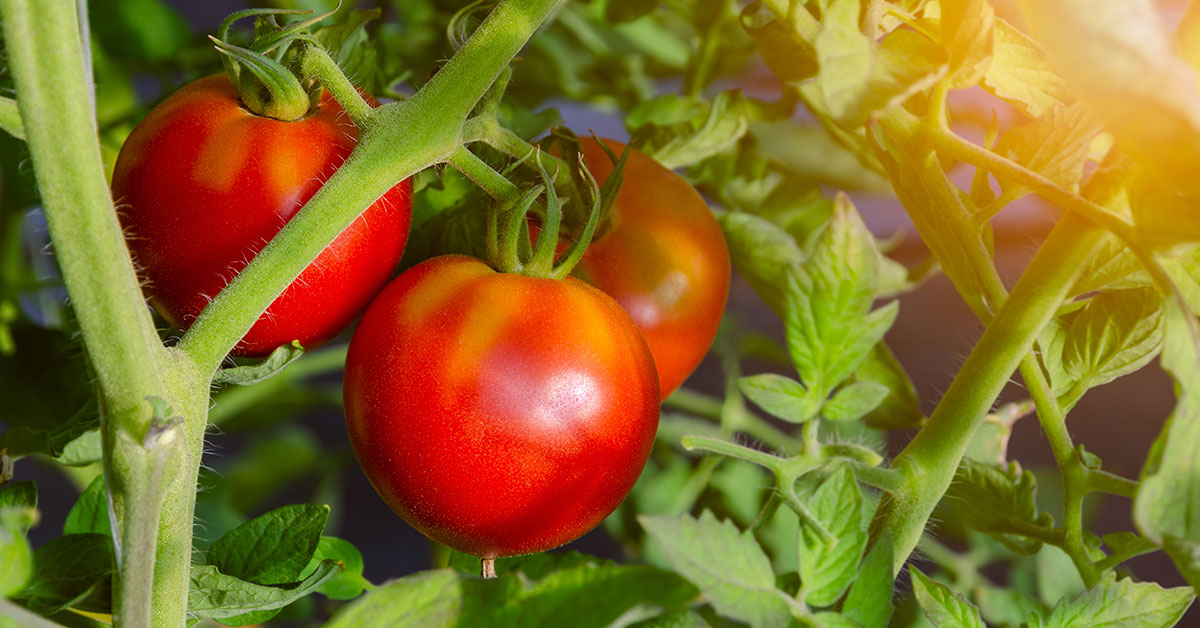Perennial geraniums, also known as hardy geraniums, are a diverse group of plants that bring charm, color, and long-lasting beauty to gardens. With their attractive foliage, delightful blooms, and ease of cultivation, perennial geraniums have become favorites among gardeners seeking low-maintenance and reliable additions to their landscapes.
In this article, we explore what perennial geraniums are, their appealing characteristics, and provide practical tips for successfully growing them in your garden.
What are Perennial Geraniums?
Perennial geraniums are herbaceous plants belonging to the Geraniaceae family. Unlike the commonly known annual geraniums (Pelargonium spp.), perennial geraniums are hardy plants that return year after year. They come in various species and hybrids, offering a wide range of flower colors, leaf shapes, and growth habits.
These flowers showcase a variety of appealing characteristics. The foliage can be deeply lobed or finely cut, often with a lush, mounding growth habit. The leaves may have shades of green, ranging from soft and silvery to deep, rich hues. Some varieties even exhibit attractive autumn colors.
What do they look like?
Perennial geraniums, also known as hardy geraniums, possess distinct characteristics that contribute to their visual appeal. Here’s a description of their appearance:
- Foliage: Perennial geraniums feature attractive foliage that adds interest even when they are not in bloom. The leaves can vary in shape and texture, ranging from deeply lobed to finely cut or palmate. Some varieties have velvety or hairy leaves, while others exhibit glossy or matte surfaces. The foliage colors can range from shades of green to silver, chartreuse, or burgundy, depending on the species or cultivar.
- Growth Habit: These flowers have a mounding or spreading growth habit. They typically form low clumps or mats, with stems that radiate from a central point. The plants can reach varying heights, ranging from a few inches to several feet, depending on the specific variety.
- Flowers: Perennial geraniums produce an abundance of delicate, cup-shaped or saucer-like flowers that grace the plants for an extended period. The blooms typically have five petals and come in a wide array of colors, including shades of pink, purple, blue, white, and even bi-color combinations. Some varieties exhibit distinctive veining or contrasting centers, adding visual interest to the flowers. The blooms may arise on individual stems or in loose clusters, creating a profusion of color.
- Blooming Season: Perennial geraniums generally bloom from late spring or early summer through to fall, with the exact duration varying depending on the variety and local climate conditions. Some varieties may even produce sporadic blooms throughout the year, especially with deadheading and proper maintenance.
Overall, perennial geraniums display a charming combination of attractive foliage, diverse flower colors, and a compact, mounding growth habit. Their versatile and enduring beauty makes them suitable for various garden styles, including borders, rock gardens, containers, and mixed plantings. Whether used as ground covers, accent plants, or focal points, perennial geraniums bring a touch of elegance and visual interest to any garden landscape.
How to Grow Perennial Geraniums
Selecting the Right Variety: Choose a perennial geranium variety that suits your garden’s conditions and preferences. Consider factors such as flower color, growth habit, and soil adaptability. Popular cultivars include Geranium ‘Rozanne,’ G. macrorrhizum, G. sanguineum, and G. cantabrigiense, among others.
Site Selection and Soil Preparation: They thrive in well-drained soil with moderate moisture. Choose a location that receives full sun to part shade, depending on the variety. Prepare the soil by removing weeds and incorporating organic matter to improve fertility and drainage.
Planting: Dig a hole slightly larger than the plant’s root ball. Place the geranium in the hole, ensuring that the crown sits at the soil surface. Backfill the hole, gently firming the soil around the roots. Space the plants according to their mature spread, typically between 12 and 24 inches apart.
Watering and Maintenance: Water the newly planted geraniums thoroughly and regularly until they establish a strong root system. Once established, they generally tolerate dry conditions well. Avoid overwatering, as excessive moisture can lead to root rot. Regular deadheading of spent blooms promotes continuous flowering.
Fertilization: Perennial geraniums are not heavy feeders. However, applying a balanced slow-release fertilizer in early spring can provide a nutrient boost for robust growth. Follow the package instructions for the appropriate dosage.
Pruning and Division: Prune perennial geraniums lightly after the first wave of flowering to maintain their shape and encourage reblooming. Dividing the plants every few years in early spring can rejuvenate them and prevent overcrowding.
Pests and Diseases: Perennial geraniums are generally resistant to pests and diseases. However, keep an eye out for slugs, snails, or powdery mildew, especially in humid conditions. Promptly address any issues with appropriate organic control methods.
Perennial geraniums are versatile and rewarding additions to any garden, offering a multitude of colors, foliage textures, and reliable blooms. With their low-maintenance requirements and adaptability to varying growing conditions, they are well-suited for both novice and experienced gardeners. By following the simple guidelines outlined above, you can enjoy the beauty and longevity of perennial geraniums in your garden, creating a vibrant and enchanting space for years to come.
